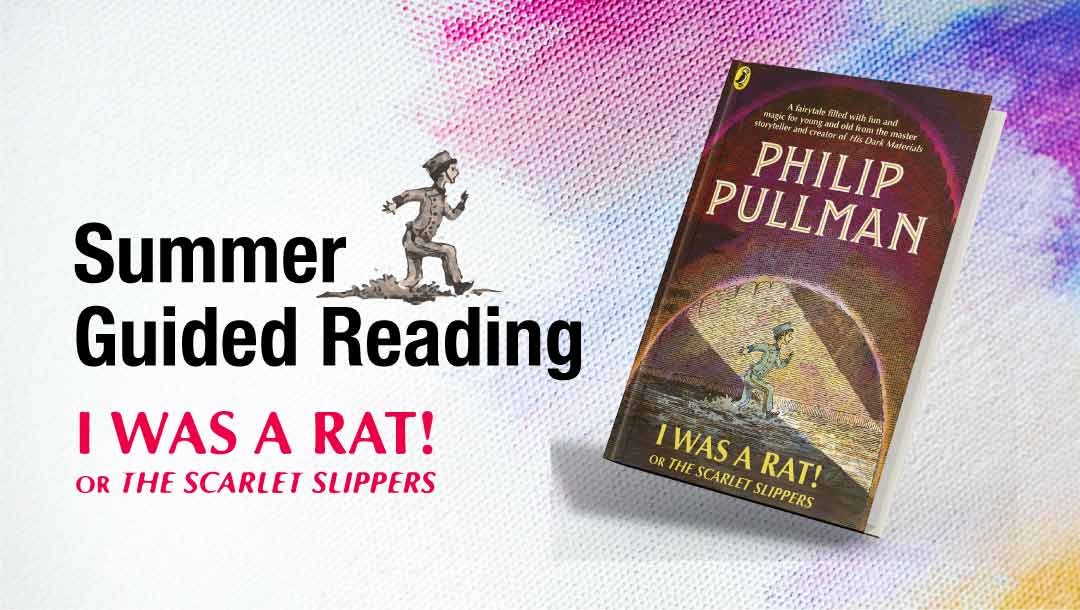As another school year wound up, the library educators at Sharon grabbed the opportunity during the quiet period between the last exam and start of the summer holidays to organise for yet another guided reading workshop. This workshop was open to students of standard 4, 5 & 6.
The choice of book
Careful thought and deliberation went in to ensure a captivating book was chosen for this week-long reading sojourn. The book selected was I was a Rat! or The Scarlet Slippers by Philip Pullman. This book is a funny, intelligent and poignant re-telling of a popular fairy tale. The story is told from the point of view of a narrator and is carried forward with the help of newspaper articles that are interspersed through the text.
The text offered a level of complexity that would challenge the readers as well as provided opportunities to explore themes like discrimination, vilifying others, and verification & dissemination of information. These are skills which are extremely relevant to the current times we live in. The book also opened up conversations around controversial topics common to the story and our lives (political agendas, misleading media, corruption). This provided an opportunity for the children to inquire, discover and share their own perspectives. The story also provided a wonderful opportunity for the readers to expand their vocabulary and interact with words, phrases & idioms through meaningful and enjoyable contexts.
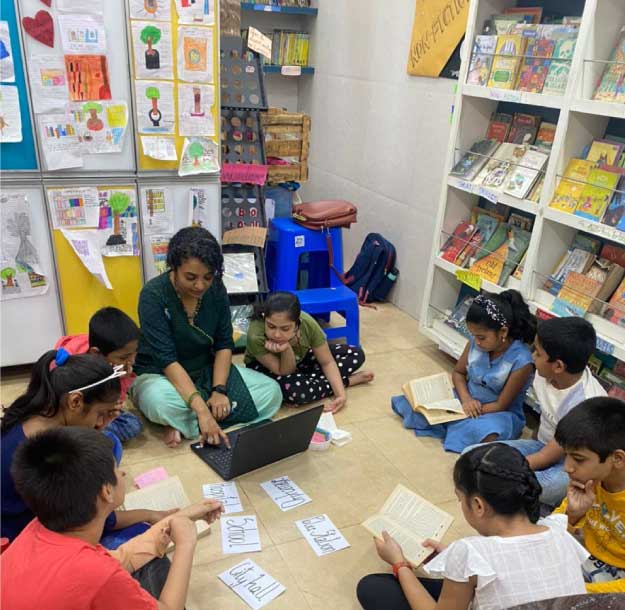
Exploring the book
Before diving into the story, we thought it would be beneficial to understand our readers’ prior experience with fairytales. We did this through some fun games, like musical books, warm up activities that required beloved fairy tale characters to be recalled and by encouraging children to borrow fairy tale books.
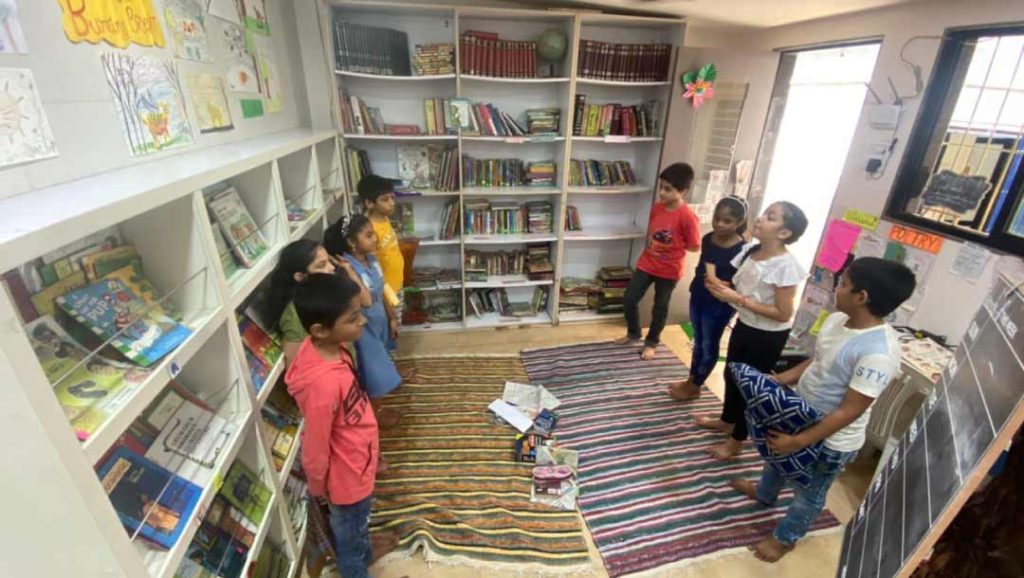
The book was unveiled to the children by getting them to make predictions about the story by reading the title and observing the illustrations on the cover page. Children came up with some keen insights that led to heightened curiosity around the story. Ansh pointed out that the boy seemed like he was running away from something. Mohit added that it looked like a searchlight was following him. Heet suggested that maybe he was in a gutter/sewer given the ankle deep water and slimy things falling off the walls.
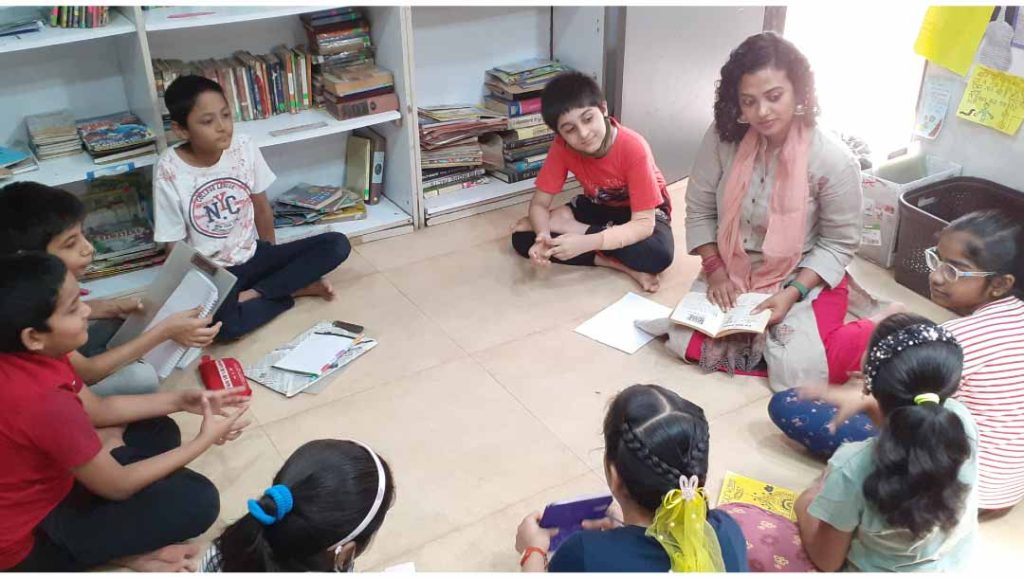
As the workshop progressed students stepped deeper into the story through group & individual reading,
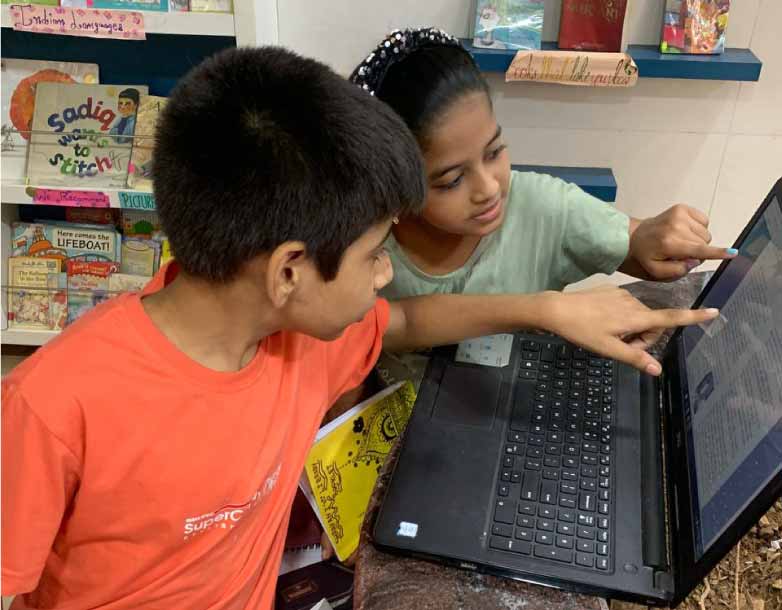
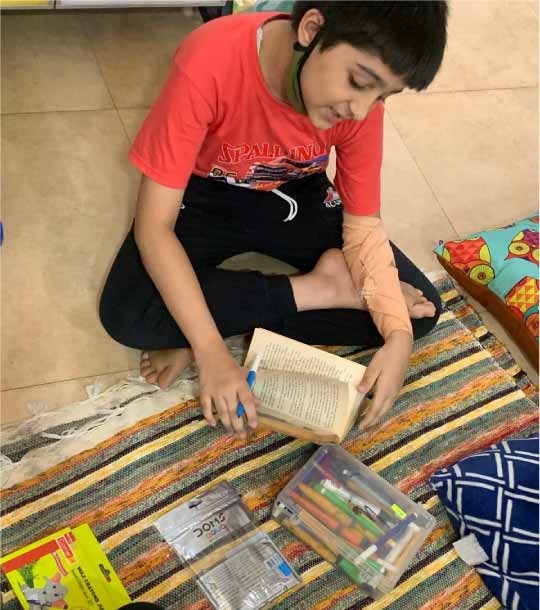
through smaller tasks that involved art, craft and & creativity, through discussions, debates and games. On the first day, Children made simple newspaper folders to store their work made through the workshop. They made journals to note down their thoughts, feelings and to add any additional information that caught their curiosity. They also maintained a flipbook through which they kept track of the protagonist Roger’s misadventures and got a first hand experience in summarising and choosing defining moments from the story. Ansh, a standard 4 student went on to do a little more research on rats and shared with the group some interesting facts that most were unaware of, adding to the group’s knowledge.
We also maintained a word wall on which children would put down any words or phrases that were new to them, through this task students discovered some idioms and their use in language. To concretise their use and meaning, we played a round of dumbcharades where children had to act out the idioms and get their friends to guess it without using any words.
Engaging with the book
Sometimes, children choose not to pick up certain kinds of books or leave stories unfinished because there is a disconnect between their lives and the story being read. Hence it was important for us to not only generate initial curiosity around the story but to also sustain it as the story moved forward.
Children were given chances to analyse events or incidents from the story and connect it to their lives. For instance, in the chapter titled ‘School,’ Roger, the lead of the story is badly hit with a cane; this gave the children an opportunity to talk about corporal punishment. This discussion was structured in the format of a debate, where in one team spoke for and the other against corporal punishment. Through this activity children were able to experience first hand the importance of thinking, listening and speaking, while at the same time empathising and relating to the character better.
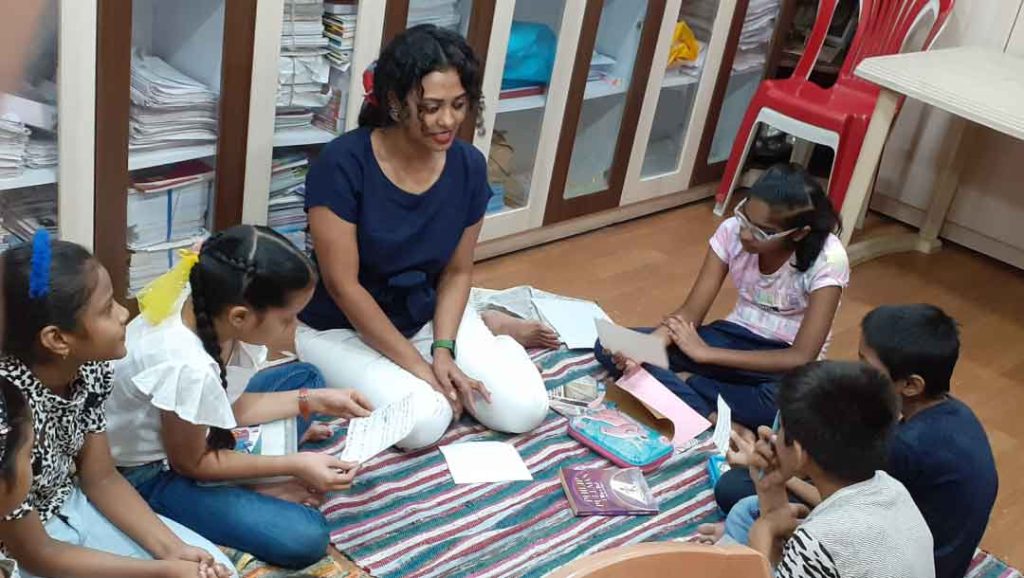
As the story continued forward, we were introduced to different characters who were trying to help Roger. The children were quick to identify that their feeble attempts to help were disguised by ulterior motives and personal wants. Through careful probing, they were able to gauge how the characters manipulated and used Roger’s innocence and lack of knowledge for their own betterment. They reflected on whether this is something that happens to them in their lives too. Some shared how friends try to manipulate them into doing things they dislike by threatening to lose out on friendship and companionship.
Another element we tapped into to keep our children hooked was artistic expression. Children were given opportunities to explore their creative side by making their own original art pieces. They created their very own versions of imaginary creatures to be placed in Mr. Tapscrew’s Freak show. Shravani chose to create a character that was the opposite of the repulsive ‘freaks’ from the story. Her character was named Elle the Elephant, who was characterised with extreme cuteness that made one feel loved. Some other children came up with interesting creatures like dino-boy, croc-boy, walester and catgirl.


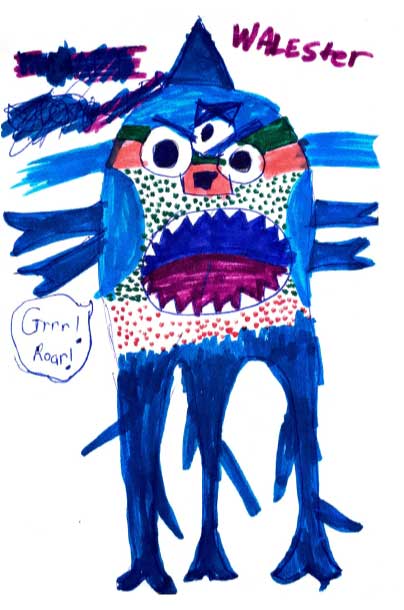
READ MORE STORIES FROM SCHOOL
A pivotal element from the story that helped children make text to life connections were the newspaper articles from the Daily Scourge. The Daily Scourge had a tendency to exaggerate information and mislead the readers with false reportage. The children had the chance of reading, understanding, analysing and verifying the information from the story and what was being reported in the newspaper articles. This gave them a chance to discern for themselves what information was true and what was not.
As homework children were asked to skim through any newspaper and bring a cut out of any article they thought was exaggerated or without a proper source. While they did not manage to succeed in this activity, some discerning children did manage to come up with real life examples of the media trying to distract the audience – like over the top coverage of movie star weddings (Alia Bhatt – Ranbir Kapoor), dragging one news story over a very long period of time (Sushant Singh Rajput case) and not actually reporting anything new or useful, unnecessarily sensationalising things (row over speakers at mosques).
All good things must come to an end
As we inched closer to the end of the book, children were introduced to some fractured fairy tales through a poetry recitation and paired readings. Children listened to the poem Little Red Riding Hood and the Wolf from Revolting Rhymes written by Roald Dahl. Bemused, children seemed uncertain whether they preferred the original tale or this topsy turvy version. Paired readings of books like The True Story of the Three Little Pigs by Jon Sciezka, Why do they say Wolves are Bad by Quentin Greban, Rapunzel by Bethan Woolwin were like good bait leading to the big reveal. Children were introduced to a different kind of fairy tale known as fractured fairy tales in which the story is retold from the point of view of a different character or is simply retold with a change of events. With this new knowledge, children gradually gathered the true origins of Roger – the rat boy and how his story intertwined with that of the Princess.
As we wrapped up the workshop with a fun game of hotseat – students and facilitators dressed up like characters from the story and the others had to guess which character they were and ask them questions pertaining to the story, there was a sense of fulfilment and accomplishment.

We as facilitators and library educators are hopeful this will only pave the way for more readers to enter the library and discover what a magical, wonderful and exciting place it can be. We are hopeful that these few children will become champions of the library and spread the word, welcoming more children into the unexplored and exciting space that is the library.
Written by Judith Thomas
Library Educator

